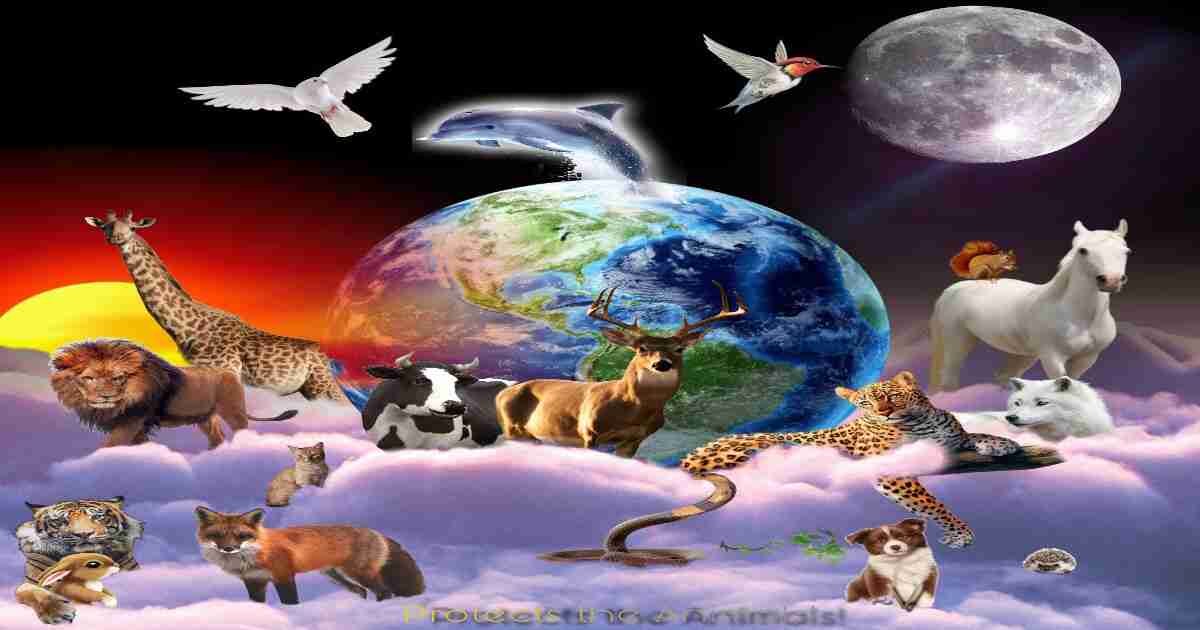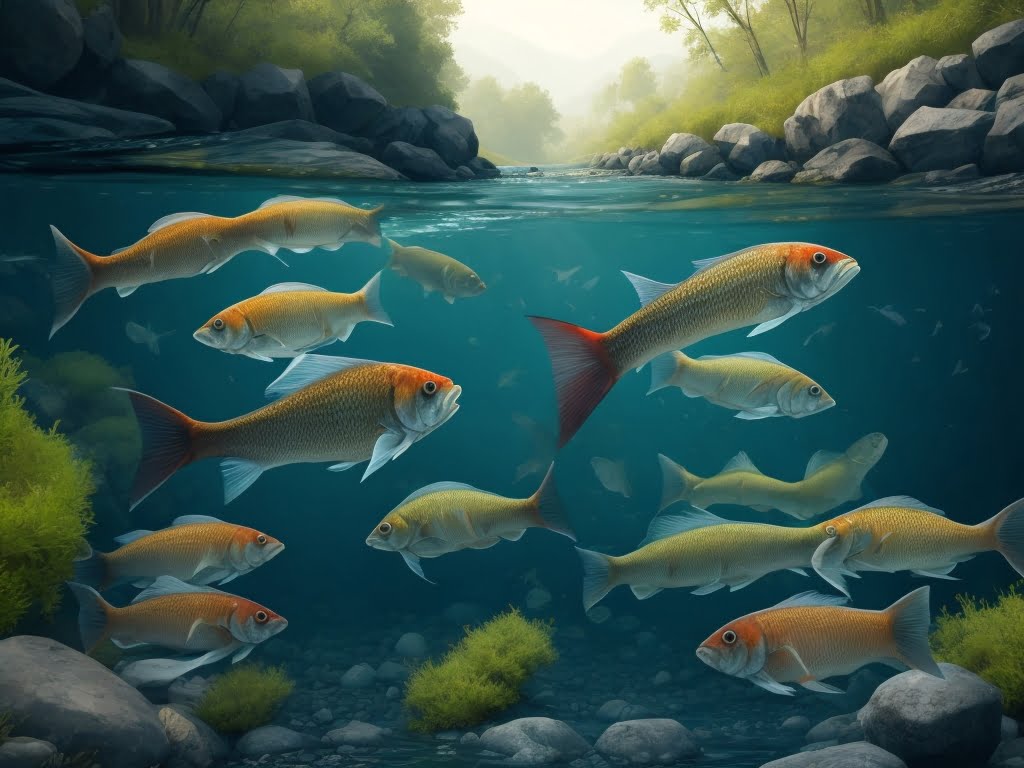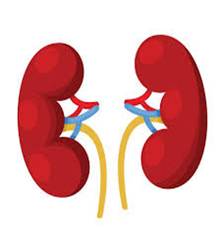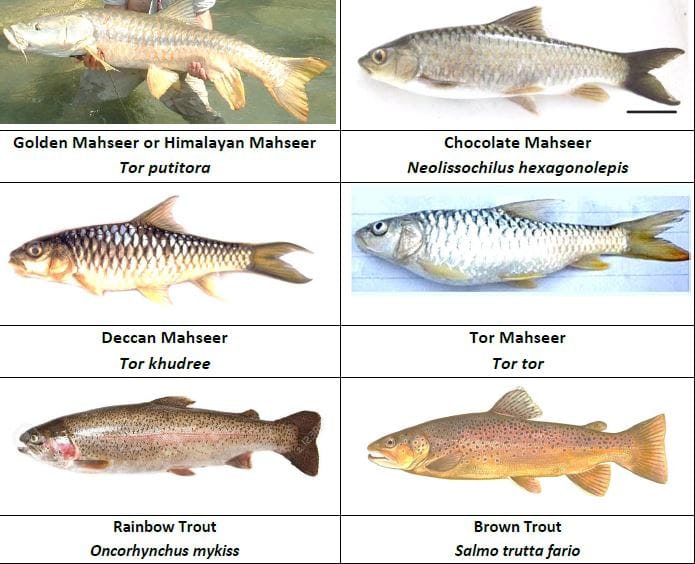Torsion in Gastropods
Torsion in gastropods: It is a unique developmental process in which the visceral mass, mantle, and shell rotate 180 degrees counterclockwise relative to the head and foot during the larval stage. This causes the mantle cavity and anus to move from a posterior to an anterior position above the head, transforming the originally bilaterally symmetrical…








